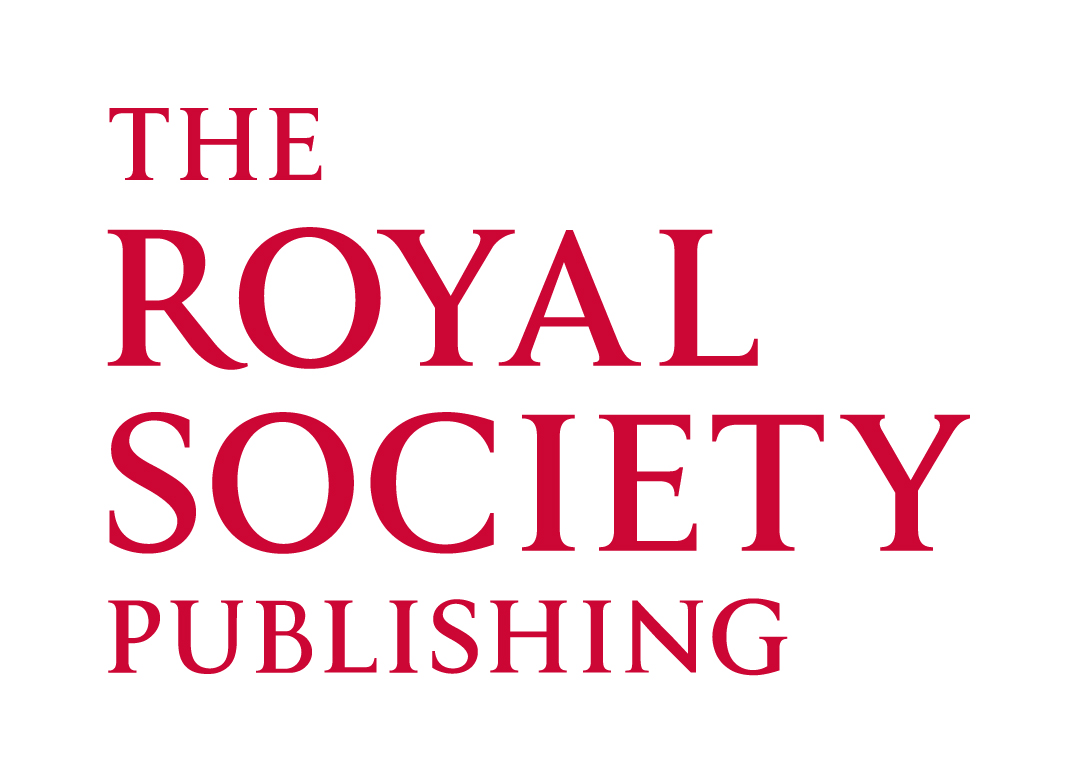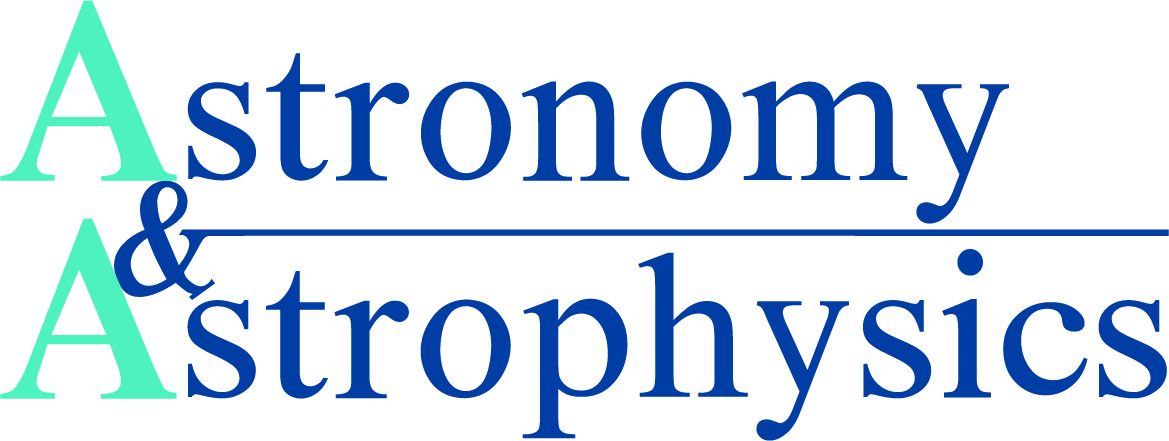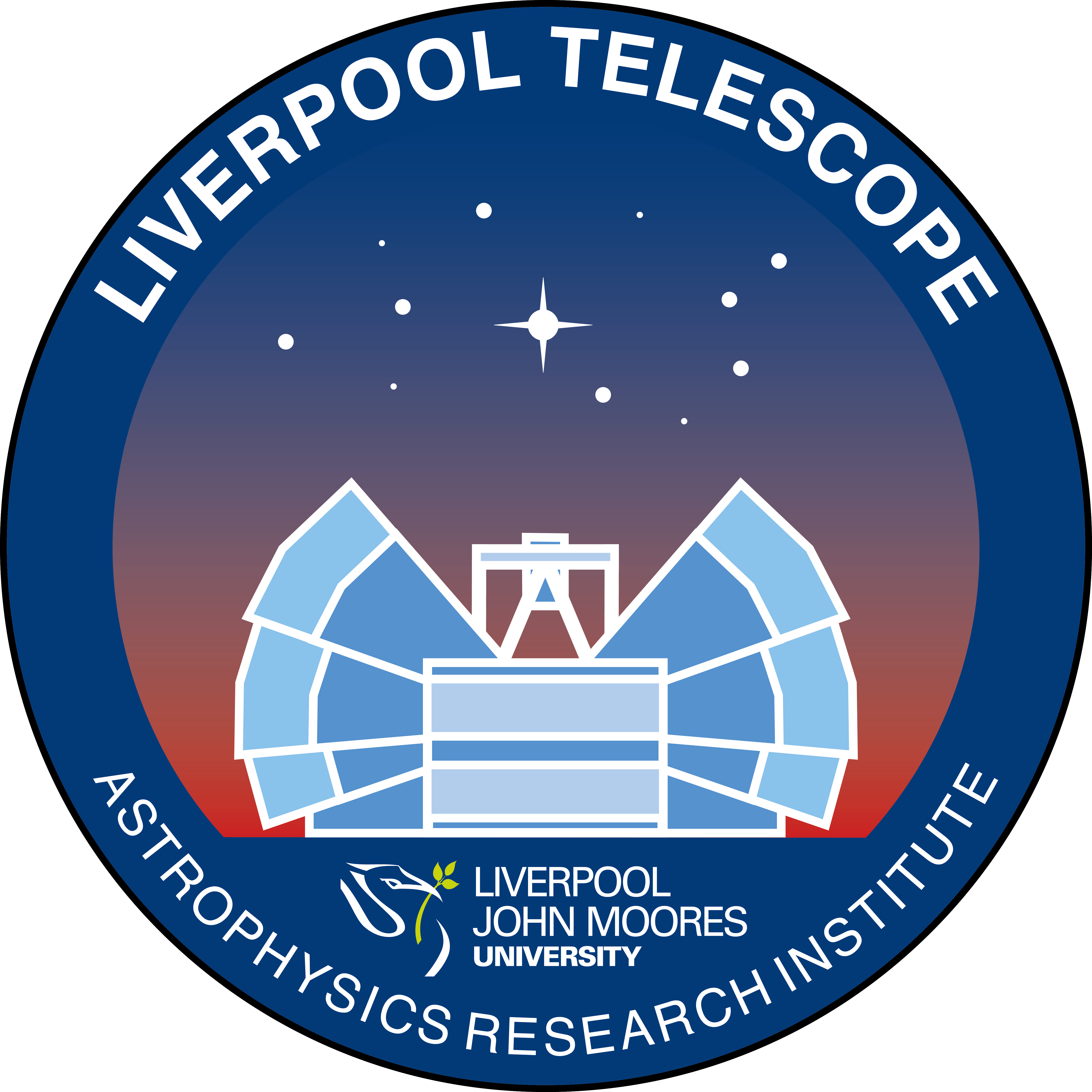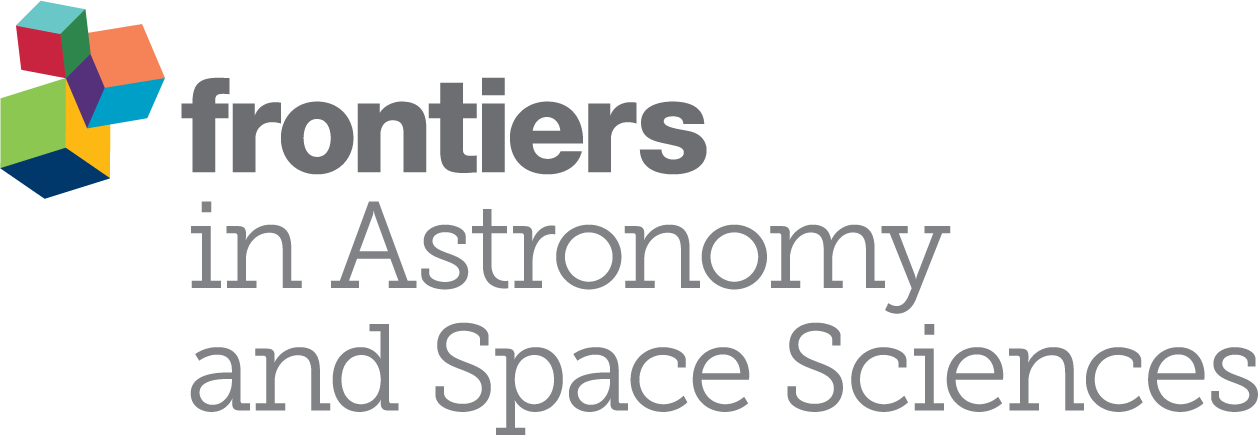Special Session SS10
6 April 2018
Exploring the high-redshift Universe in advance of JWST
Aims and scope
The James Webb Space Telescope (JWST) is planned to be launched in spring 2019, bringing today's frontier science of z > 3 galaxy evolution into the mainstream. In anticipation of the advent of this transformative instrumentation, we will take stock of cutting edge developments in the study of the first 3 billion years of galaxy evolution, and forecast the discoveries and developments it will enable.
In recent years, a multi-wavelength view of galaxies in the Epoch of Reionization has emerged for the first time. Hubble has unveiled the unobscured light of young stars in hundreds of galaxies now known at z > 6, and Spitzer has demonstrated strong nebular line emission emanating from HII regions within these galaxies. In these same distant sources highly-ionised gas from the impact of massive stars or faint AGN is now regularly observed with VLT/Keck, and ALMA is detecting the cold gas that feeds star-formation. In concert with the first detections of dust-obscured star-formation seen in the first billion years of cosmic history, these observations provide a valuable foundation upon which to build a comprehensive view of the early Universe with JWST.
Closer to home, significant effort has focussed on the identification of analogs of the first galaxies. Recent discoveries in the local Universe of Lyman-continuum leakers, compact emission-line sources, and extremely low-metallicity galaxies, afford us the opportunity to explore which observational diagnostics will most effectively enable JWST to reveal the physics governing the earliest episodes of cosmic galaxy formation.
This special session will address key questions such as: when do we expect the first stars and galaxies to appear? what observations are necessary to understand the sources of cosmic reionization? are star-formation and galaxy-formation processes in the primordial Universe different from what we see in the general galaxy population today? and what is the best strategy to build a coherent and comprehensive picture of galaxy evolution since the cosmic dawn? We shall also examine predictions from state-of-the-art models of early galaxy formation, and explore the synergies between JWST and complementary facilities with European involvement and leadership, such as MUSE, ALMA, EUCLID, SKA, E-ELT, LSST and MOONS.
Programme
Topics:
- Galaxy build-up in the first three billion years of cosmic time
- Cosmic Reionization
- Dust and gas in the early Universe
- Analogues of the most distant galaxies
- Modelling the observational signatures of the first galaxies
- JWST instrumentation and synergies with current and future facilities
Invited speakers
- Hakim Atek (Institut d'Astrophysique de Paris)
- Anne Jaskot (Amherst college)
- Roberto Maiolino (University of Cambridge)
Scientific organisers
Dr. Renske Smit (Chair; University of Cambridge), Dr. Rebecca Bowler (Oxford University), Prof. Pascal Oesch (University of Geneva), Dr. Stephen Wilkins (University of Sussex), Dr. Elizabeth Stanway (Warwick University), Dr. David Sobral (University of Lancaster), Ana Paulino-Afonso (IA-Lisbon), Prof. Christopher Conselice (University of Nottingham)
Contact
Renske Smit (rs940 @ cam.ac.uk)
Updated on Thu Nov 16 11:02:45 CET 2017
|
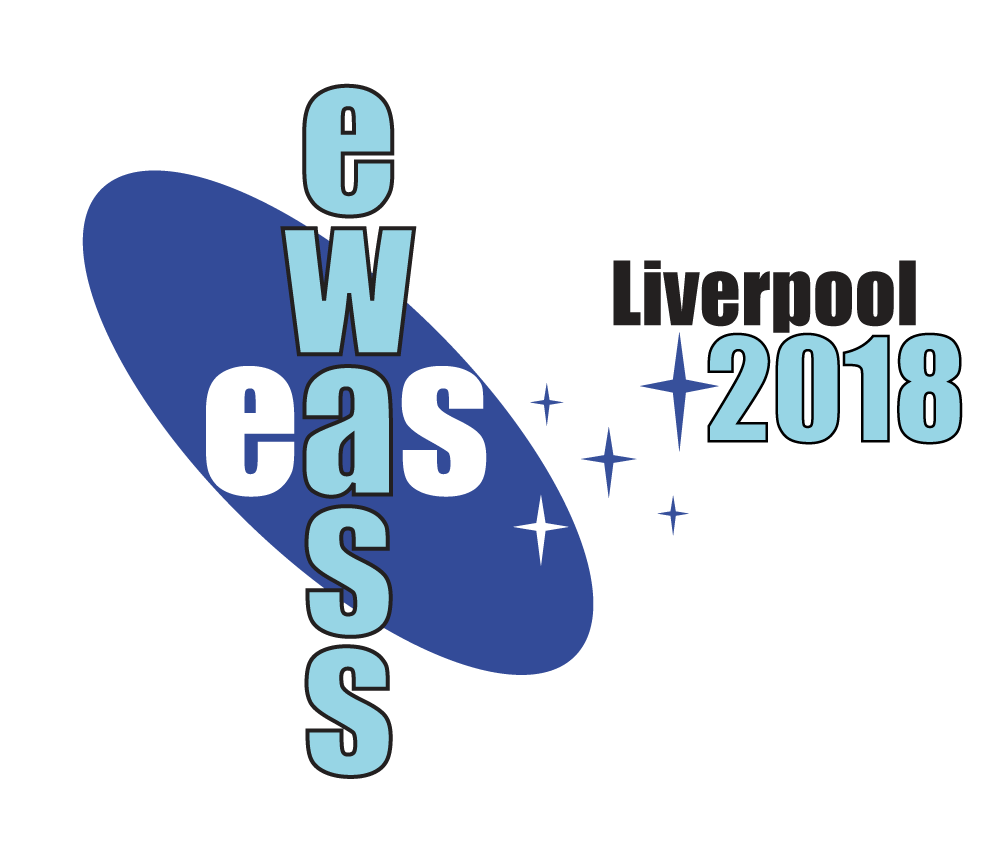
 A power cut will shut down all EAS services on Tuesday, 10 January 2017 starting at 7:30 CET.
A power cut will shut down all EAS services on Tuesday, 10 January 2017 starting at 7:30 CET.











